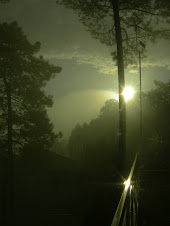The study, which is published in the latest issue of New Phytologist, noted how Swedish bogs that are traditionally populated with carnivorous plants have been affected by heavy acid rain. The increase in nitrogen has given the plant species so many nutrients they no longer need to eat insects. The report highlighted the common sundew drosera rotundifolia as a particular example, saying that the plant usually required high levels of nutrients from mosquitoes and other insects, but with the in uptick in carbon emissions in Northern Europe, the plants no longer require such an insect-heavy diet As well as providing more nutrients in the soil, the nitrogen had also caused leaves to become less sticky, therefore trapping less food and producing less of the color which attracted insects in the first place. The study’s lead author, Dr. Jonathan Millet from Loughborough University said: “If there’s plenty of nitrogen available to their roots, they don’t need to eat as much.” “In the sites with more nitrogen deposition, these plants now get much more of their nitrogen from their roots, but they still have to bear the residual costs of being carnivorous, and other plants without these will be better able to survive,” Millet explained. “So it’s quite likely we’ll see less abundance and perhaps local extinctions from carnivorous species. The individual plants get bigger and fitter, but the species as a whole is less well adapted to high-nitrogen environments and will lose out over time.” It is astounding to think that pollution has literally turned carnivorous plants vegetarian. With this and news that algae blooms are now developing under the Arctic ice, one can only imagine the other changes emissions are causing to our ecosystems.
+ Dr. Jonathan Millett via Ecorazzi / ChemInfo
Read more: New Study Finds that Pollution Turns Carnivorous Plants Into Vegetarians | Inhabitat - Sustainable Design Innovation, Eco Architecture, Green Building

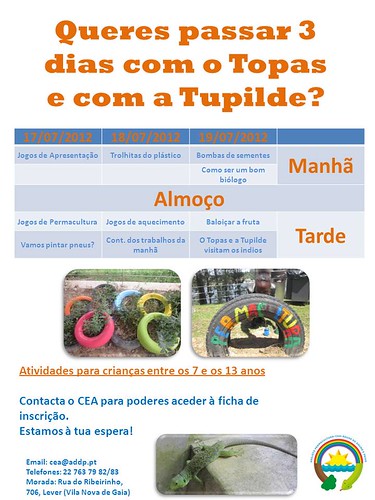

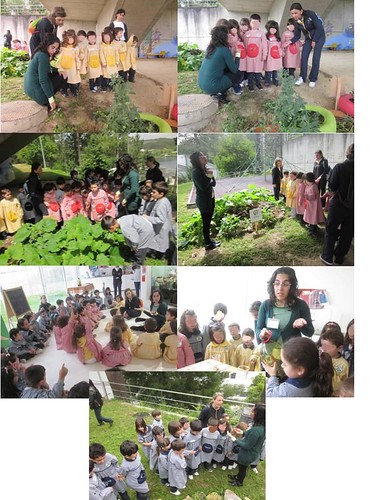
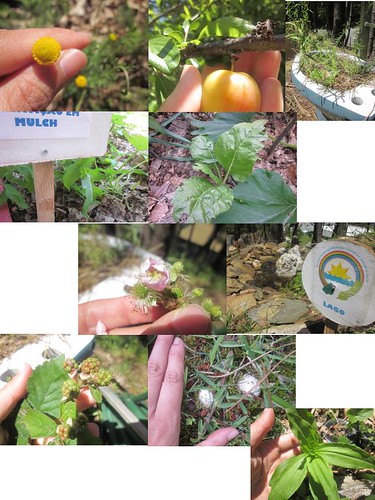




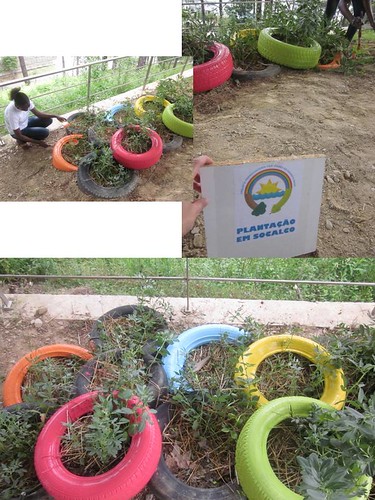
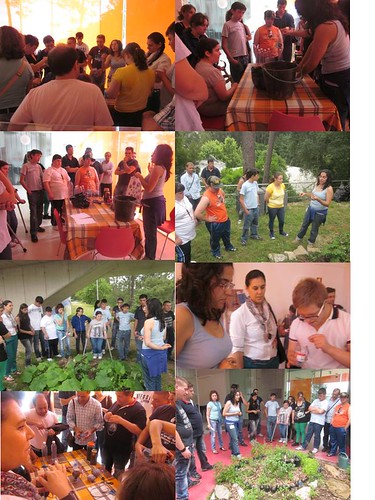


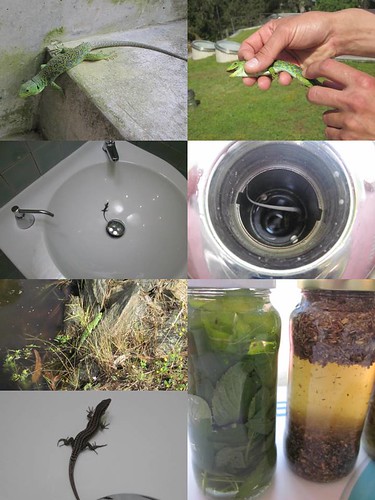


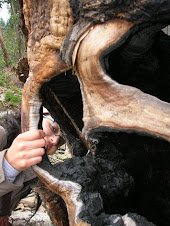








.jpg)
.jpg)

